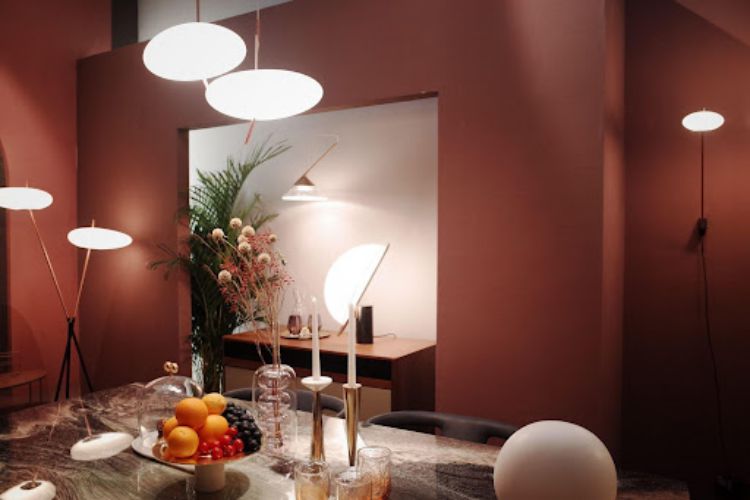 Introduction
Introduction
Lighting plays a pivotal role in creating a welcoming and captivating atmosphere within our homes. It has the power to influence our mood, enhance the functionality of spaces, and transform the overall ambiance. In this article, we will explore the various ways you can harness the power of lighting to elevate your home’s aesthetic appeal and create an inviting environment that suits your needs and preferences.
Understanding the Basics of Lighting
Before delving into the transformative aspects of lighting, it is important to grasp the fundamental principles. Lighting can be categorized into three main types: ambient, task, and accent lighting. Ambient lighting provides overall illumination, task lighting is focused on specific activities, and accent lighting adds visual interest to certain areas or objects. Combining these lighting types strategically can bring balance and functionality to your home.
Setting the Mood with Lighting
Lighting has a profound impact on our emotions and can shape the mood of a room. Soft, warm lighting with dimmers in living areas creates a cozy and relaxed atmosphere for unwinding in the evening. In contrast, bright and cool lighting in task-oriented spaces like kitchens and home offices enhances focus and productivity. By choosing the right light intensity, color temperature, and fixtures, you can effortlessly set the desired mood in each room.
Harnessing the power of light using blinds
Blinds are an essential component when it comes to harnessing the power of light to transform your home. They offer a range of benefits that allow you to control and manipulate natural light effectively. Whether you’re seeking privacy, reducing glare, or managing energy efficiency, blinds provide the necessary tools to achieve your desired lighting ambiance. For instance, roller blinds, a popular type of blind, allow for easy adjustment of light intensity and privacy levels with their simple up-and-down mechanism. Additionally, Venetian blinds with their horizontal slats offer versatility in controlling light and privacy while adding a touch of timeless elegance to your space. By selecting the right blinds and utilizing their features, you can create a well-lit, visually pleasing, and comfortable home environment that aligns with your style and enhances the overall atmosphere.
Highlighting Architectural Features and Artwork
Lighting is a powerful tool to draw attention to architectural elements and artwork. By using directional or track lighting, you can create dramatic focal points, illuminating sculptures, paintings, or any unique architectural feature that deserves attention. Uplighting can emphasize the height and grandeur of ceilings, while wall-washing techniques can showcase textured walls or highlight intricate details.
Creating Depth and Dimension
Lighting can add depth and dimension to your living spaces. By strategically placing light fixtures at different heights and angles, you can create visually captivating effects. For instance, grazing light along textured surfaces like brick walls or stone accents adds depth and creates interesting shadows. Layering light with a combination of overhead, wall-mounted, and floor lamps also adds dimension, making rooms appear more spacious and inviting.
Enhancing Functionality and Practicality
Proper lighting enhances the functionality and practicality of every room. In the kitchen, task lighting illuminates countertops and work areas, ensuring safety and ease of food preparation. Well-placed lighting in bathrooms with adequate brightness and minimal shadows helps with grooming tasks. In-home offices, task lighting minimizes eye strain and improves focus. Consider the specific activities carried out in each space and optimize the lighting accordingly to enhance practicality.
Incorporating Natural Light
Maximizing natural light is an effective way to transform your home. Natural light brings a sense of openness and freshness, creating an inviting and vibrant environment. Optimize natural light by using sheer window treatments or installing skylights to allow sunlight to permeate the room. Positioning mirrors strategically can also reflect natural light, making rooms appear brighter and more spacious. Embrace daylight as a primary light source, reducing the need for artificial lighting during daytime hours.
Conclusion
The power of lighting lies in its ability to transform a house into a warm and inviting home. By understanding the different types of lighting, considering mood-setting techniques, and utilizing lighting strategically to highlight architectural features, and artwork, and create depth, you can create an ambiance that reflects your style. Additionally, by enhancing functionality and incorporating natural light, you can optimize your living spaces to cater to your specific needs and preferences.




